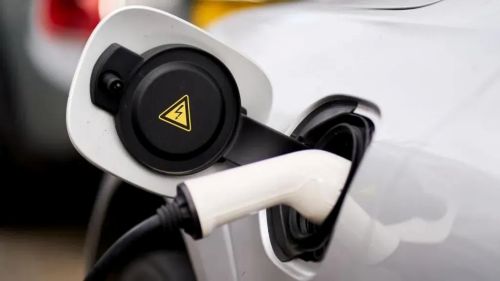

Do EV Chargers Need Surge Protection? What is Surge Protection for EV Chargers?
As electric vehicles (EVs) become more popular, the need for reliable EV charging infrastructure grows. One critical aspect of this infrastructure is surge protection. Power surges, caused by lightning strikes, grid fluctuations, or nearby high-power devices, can damage sensitive China EV chargers. This raises the question: Do EV chargers need surge protection? The answer is a resounding yes.
Surge protection for EV chargers involves installing devices designed to protect charging stations from sudden voltage spikes. These surges can damage the charger’s internal components and disrupt its functionality. Surge protection devices (SPDs) divert excess voltage away from the charger, safeguarding the power supply, monitoring systems, and communication equipment.
Without surge protection, power surges can fry your charger, leading to costly repairs or replacements. Imagine coming home to find your charger and connected devices damaged after a lightning strike. By installing an SPD, you protect your charger, electrical system, and other devices from such costly damage.
Type 1 SPDs: Designed to handle high-energy surges like those from lightning strikes. Installed at the main electrical service entrance, they protect outdoor EV charging stations.
Type 2 SPDs: Common in residential and commercial settings, they protect against internal surges from grid fluctuations or high-power appliances.
Type 3 SPDs: Installed near the EV charger, these provide localized protection against residual surges that bypass other protectors.
Outdoor Installations: For outdoor chargers, use a Type 1 SPD at the main panel and a Type 2 SPD at each charging station for comprehensive protection.
Electrical Codes: The 2020 National Electric Code (NEC) mandates surge protection for all dwelling unit electrical services. Ensure compliance with local codes by consulting a certified installer.
Panel Upgrades: If you’re upgrading your home’s electrical panel to support EV charging, it’s an ideal time to install an SPD.
Professional Installation: Always have SPDs installed by a certified electrician to ensure proper integration into your electrical system.
Maintenance: Surge protectors need regular checks to ensure they’re functioning properly. SPDs degrade over time, so periodic inspections are necessary.
While the upfront cost of an SPD may seem high, it’s far less expensive than replacing a damaged EV charger, which can cost thousands of dollars. Additionally, not having surge protection could disrupt your ability to charge your vehicle, leading to further expenses like using public charging stations or renting a car.
As EV adoption grows, the role of surge protection in maintaining reliable charging infrastructure becomes even more critical. Advances in surge protection technology, such as smart SPDs that provide real-time alerts, are making systems more effective and affordable.
Surge protection is essential for protecting EV chargers from damage caused by power surges. By installing the right surge protection devices and following best practices, you can safeguard your investment and ensure the reliable operation of your charging station. Whether you’re a homeowner or business owner, surge protection should be a key part of your EV charging plan to avoid potential pitfalls.Know more about Google SEO Directory
© 2024 Crivva - Business Promotion. All rights reserved.